It’s somewhat ironic that one of Porsche’s best-selling cars is also viewed by some as one of its great failures. While the 914 brought Porsche ownership within the grasp of the masses, it was widely criticised for being underpowered, overpriced and most un-Porsche-like in appearance. The latter was intentional; marketing strategies dictated that the designers make the joint venture between VW and Porsche unrecognisable next to predecessors from either stable. Might we have seen some Porsche 904 cues had it been a sole venture undertaken in Stuttgart? Perhaps, but a certain facet of the 914’s appeal is in its curious looks. And without them, it wouldn’t have those razor-thin front wing tips to use as gun-sights for corner apexes.
Balance over beauty
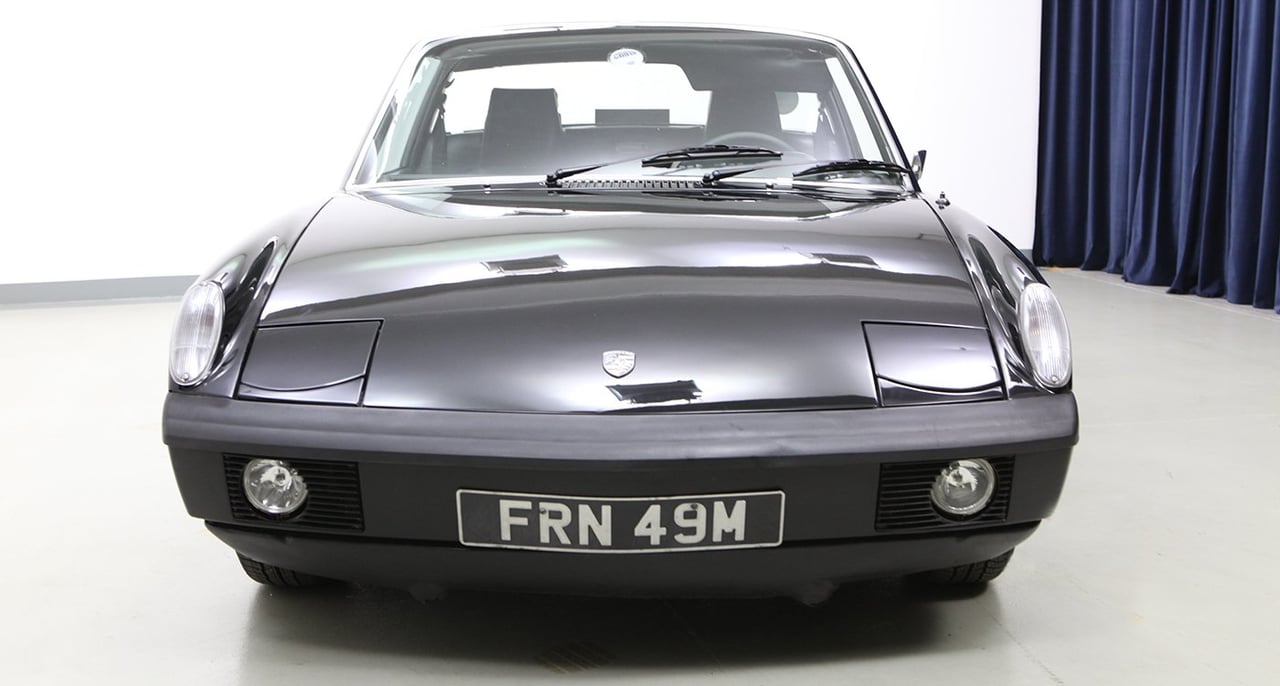
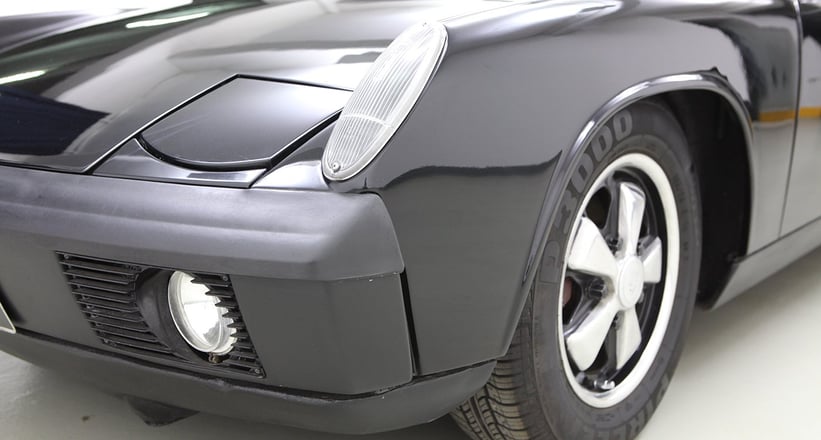
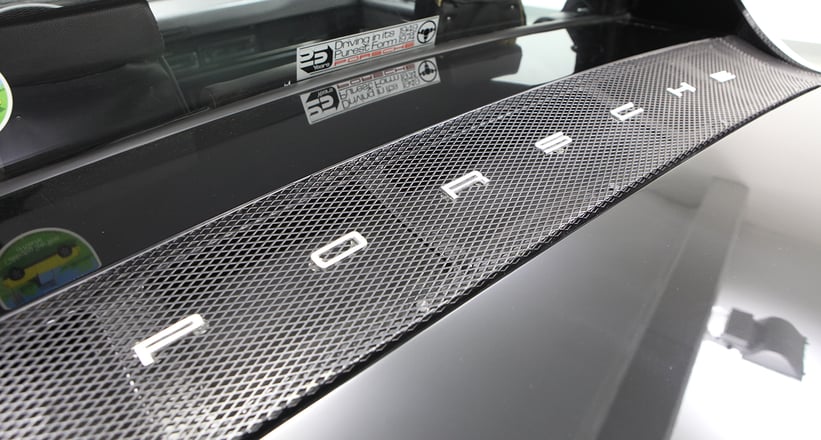
Indeed, the on-limit handling of the 914 is one of its most-praised assets, a sentiment echoed by Guy Netwon of Coys: “It’s one of the best-handling cars I’ve ever driven. Anyone who has overlooked the 914 in the past should go and drive one.” As one of the few attempts by Porsche to create a mid-engined road car (though the formula was well-proven by the marque’s racing endeavours), the 914 also used new rear suspension and tipped the scales at under 1,000kgs. When combined with the straight-six of the 914/6 – or even the later 2.0-litre, 4-cylinder cars such as the one pictured here – this recipe proved delicious. And while the lesser-capacity four-pots were lacking a little muscle, their dismissal in certain circles (and the resulting affordability today) mean it’s much less of a taboo to modify one. Indeed, we're aware of several that have undergone a 2.7 RS engine transplant, and the underpinnings were proven by the first-in-class finish of a 914-6 GT during the model’s sole Le Mans outing.
Unappreciated... or rapidly appreciating?
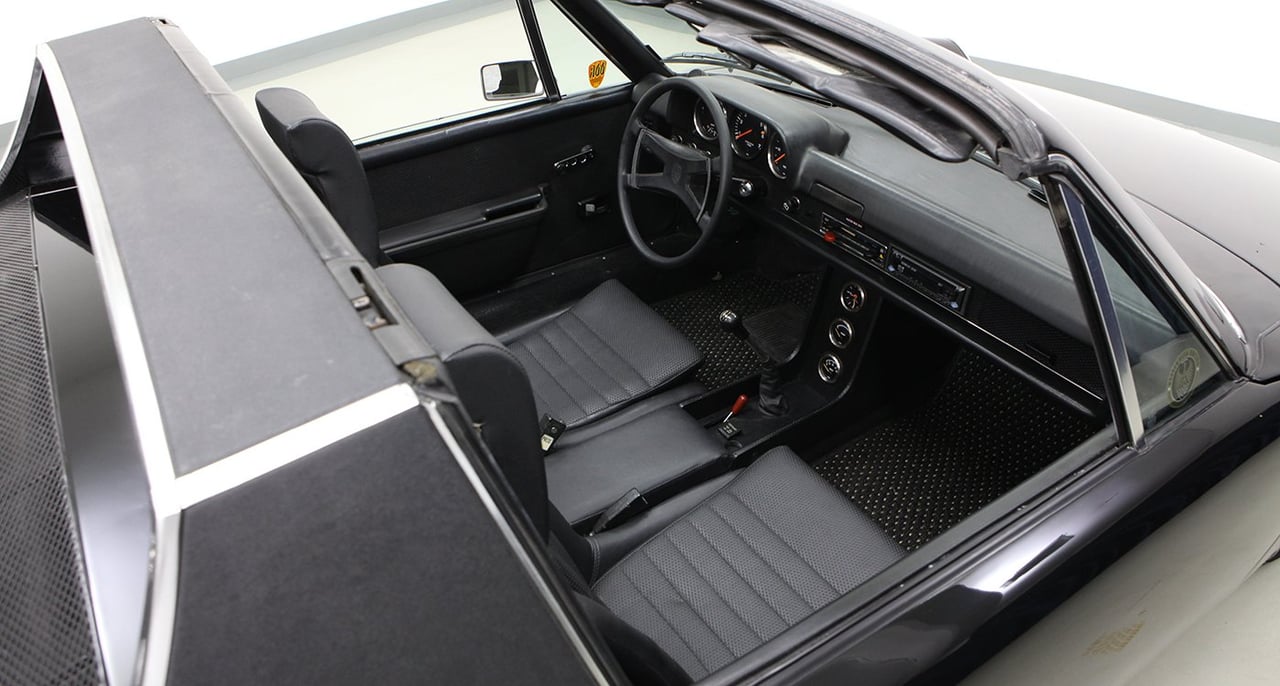
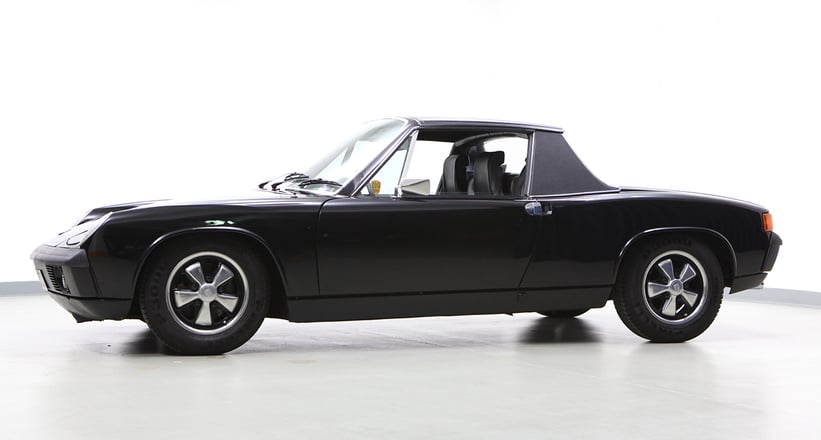
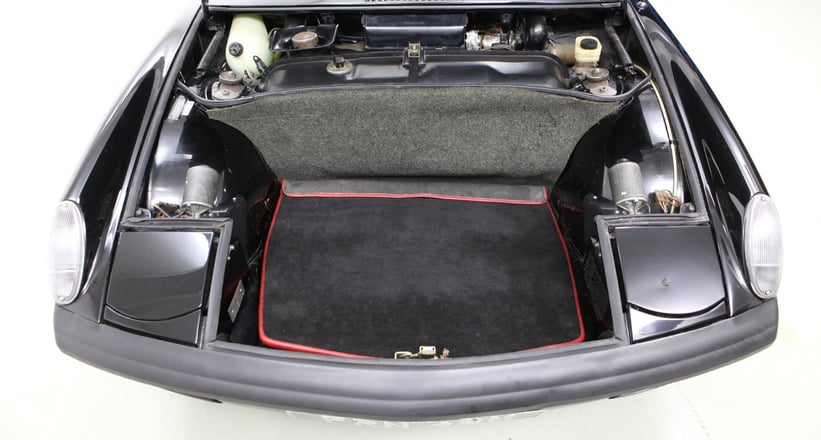
Great handling, unorthodox looks and inexpensive prices aren’t the only reasons to purchase a 914 though, as Harry Utesch of German specialist DLS Automobiles explains. “As well as being agile, they also offer great driver feedback, have two luggage compartments, and are more reliable than their competitors of that era. What’s more, the Targa roof means it’s almost a convertible,” he says.
“Everyone who owns a 914 is a fanatic,” adds Newton. “They’re very special little cars, and even though their values have risen dramatically in the last few years, they’ve still got great investment potential. I think the looks were ahead of their time, too.” The latter is a subjective point, but the mechanical layout was certainly forward thinking. Porsche has just announced that the next-generation Boxster – the spiritual mid-engined successor to the 914 – will be available with four-cylinder engines to complement the familiar boxer-sixes. All of a sudden, in hindsight the 914 doesn’t feel like so much of a ‘failure’ after all…
Photos: Coys














